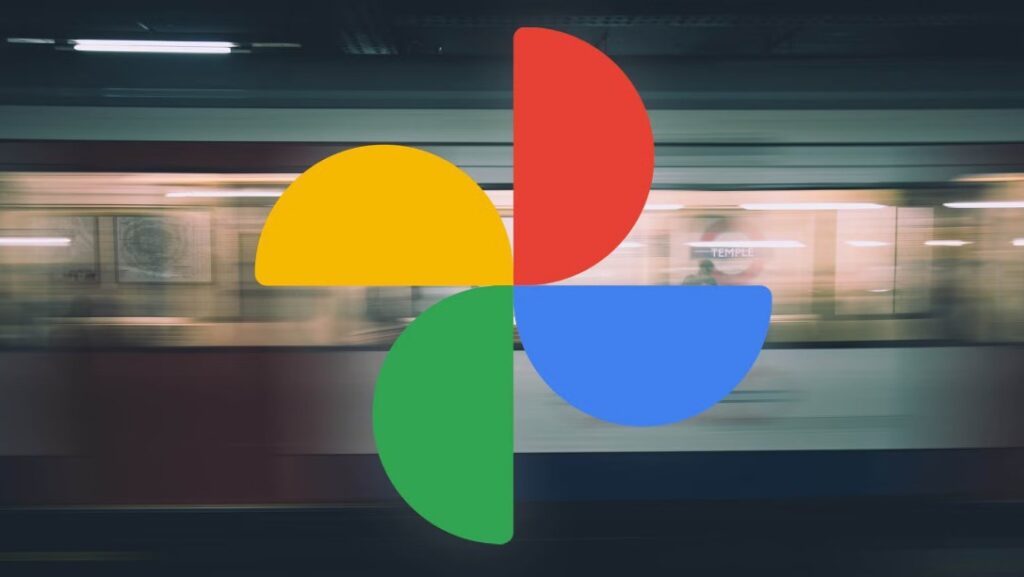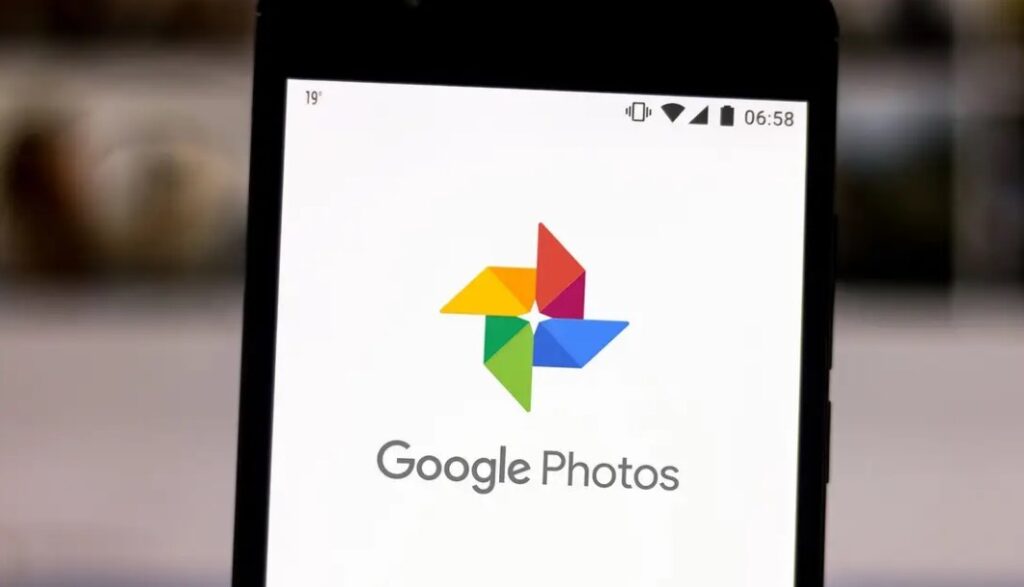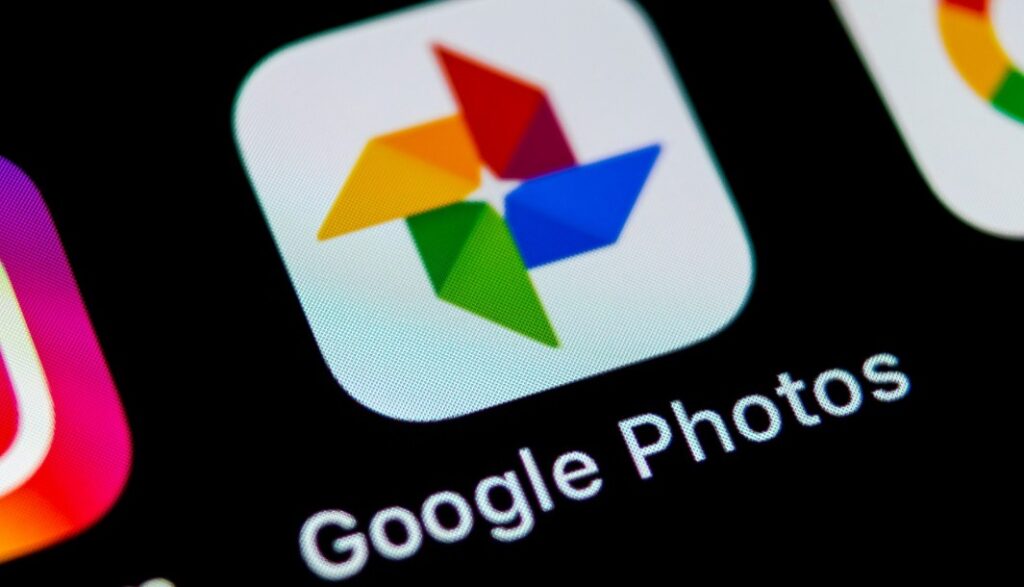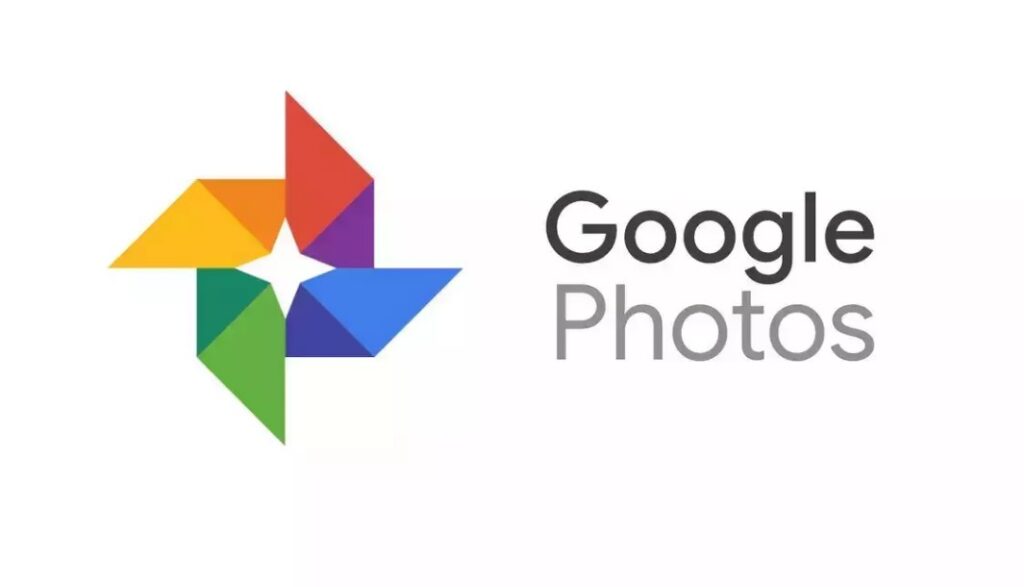Google Photo Search: : The Power of Reverse Image Search
In today’s digital age, the ability to search for and identify images is crucial for various reasons, whether for personal, professional, or academic purposes. With millions of images available on the internet, finding the right one can often be a daunting task. However, thanks to Google photo search, users now have a powerful tool at their disposal for identifying, discovering, and utilizing images quickly and efficiently. Google photo search includes tools like reverse image search, image recognition, and image similarity search, which allow users to track down similar images, verify the source of an image, or even find high-resolution versions of pictures they encounter.
Key Features of Google Photo Search

Google Photo Search is a powerful and highly efficient tool for searching images online. Leveraging the power of artificial intelligence (AI) and advanced machine learning, it allows users to quickly identify, track, and explore images. This article explores some of the key features that make Google Photo Search a valuable resource for individuals, businesses, and creatives. Here are the primary features you should know about:
1. Reverse Image Search
Reverse image search is one of the most popular features of Google Photo Search. It allows you to upload an image to Google Images, where the search engine will find visually similar images across the internet. This feature is beneficial for several reasons:
- Find Image Origins: Track the source of a photo or image to discover where it was originally published.
- Image Attribution: Ensure proper credit is given to the creator of an image, avoiding copyright issues.
- Detect Image Usage: Find out where and how often an image has been shared or used on the internet.
The reverse image search uses sophisticated algorithms that analyze the image’s visual elements, such as color, shape, and patterns, to match it with other images available in Google’s database. This feature works by either uploading the image or pasting its URL into the Google search bar.
2. Google Lens Integration
Google Lens is an AI-powered feature that lets users search using their phone’s camera or uploaded images. With Google Lens, you can point your camera at objects or upload an image to recognize and search for them. It provides instant information about the subject in the image.
- Object Identification: Whether it’s a plant, animal, book, or product, Google Lens can identify various objects in a photo.
- Visual Search: You can perform a visual search to find more images that resemble the one you’ve uploaded or scanned.
- Text Recognition: Google Lens also has text recognition capabilities, allowing you to copy and translate text directly from photos.
- Shopping Assistance: If you see a product and want to know more about it, Google Lens will show you where you can buy it online or similar items.
3. Image Recognition
Google Photo Search uses advanced image recognition algorithms that allow it to identify specific objects, landmarks, animals, and other elements within a photo. This is especially helpful for:
- Landmark Identification: Recognizing famous landmarks or monuments from around the world.
- Animal and Plant Identification: Identifying different species of animals or plants, especially useful for nature enthusiasts and researchers.
- Scene Understanding: Google Photo Search can recognize complex scenes, such as beaches, cities, or forests, to provide relevant search results.
By leveraging a vast database of images and metadata, Google’s recognition technology allows it to provide quick and highly accurate results for visual content.
4. Search for Visually Similar Images
Google Photo Search offers the ability to search for visually similar images based on an uploaded photo. This feature can be extremely useful in a variety of scenarios:
- Design and Aesthetic Matching: If you need to find images that match a specific visual style or color palette, this feature helps you explore options that fit your desired look.
- Content Creation: Content creators, designers, and marketers can use visual similarity searches to find images that fit the tone and theme of their projects.
- Alternative Versions: If you are looking for alternative angles, perspectives, or variations of a certain image, Google can provide a range of visually similar results.
This tool is useful not only for personal use but also for professionals in need of alternative visuals for projects and campaigns.
5. Search by Image URL
Instead of uploading an image, Google Photo Search allows you to perform a search by pasting an image’s URL. This is especially useful when you find an image on a website and want to find other instances of it across the internet. By entering the URL, Google will return a variety of results that match or are similar to the image you provided.
- Easy Image Source Verification: If you’re browsing a webpage and come across an image you want to know more about, searching by URL helps you find its origin without needing to download it.
- Quick Research Tool: This is a great tool for journalists, bloggers, and content creators who need to verify the authenticity of images they use or find related images for stories.
This feature helps streamline the process of verifying and finding content related to specific images online.
6. Integration with Google Photos
If you’re a user of Google Photos, Google Photo Search works seamlessly within this platform. Google Photos is a cloud-based storage service that automatically organizes and categorizes your images. With integrated search features, Google Photos lets you search not only by keywords but also by image content.
- Automatic Categorization: Google Photos uses machine learning to automatically label your images, making it easier to search for them later. For example, photos of a dog might be categorized under “pets,” and photos of a beach might be categorized under “vacations.”
- Personalized Image Search: You can search your own collection for specific people, places, or objects. With Google’s AI, it will group similar photos together based on visual similarity, making it easier to find the exact image you’re looking for.
The integration with Google Photos ensures that searching for images in your personal library is as simple as searching online.
7. Multilingual Search Support
Google Photo Search supports multilingual search capabilities, making it accessible to users from different regions and languages. Whether you’re searching for images in English, Spanish, French, or any other language, Google’s machine learning model can accurately process images and return relevant results in your preferred language.
- Global Reach: This feature makes Google Photo Search a global tool, accessible to users around the world with diverse language needs.
- Cross-Language Functionality: You can search for images even if you’re not fluent in a specific language, as Google’s tools will automatically provide translated and relevant results.
The multilingual search feature enhances the accessibility and usability of Google Photo Search for non-English speaking users and those interested in cross-cultural image exploration.
How Does Google Photo Search Work?

Google photo search encompasses various techniques such as reverse image search, visual recognition, and similar image search. These tools rely on sophisticated algorithms that analyze the images’ features and match them with other images available on the web.
When you upload a photo to Google Images or use Google Lens, Google’s AI-powered search engine breaks the image down into smaller components—pixels, patterns, colors, and shapes. It then compares these components to an immense database of images across the web to find matches. By doing so, Google allows users to trace the source of an image, find visually similar images, or locate images that fit certain criteria like color schemes or object types.
Reverse Image Search
One of the most widely known and used features of Google photo search is reverse image search. This allows users to search for images based on an image they already have, rather than typing in keywords. This feature is especially useful for identifying the origins of an image, finding similar images, or tracking how an image is being used across different websites.
Image Recognition
Google’s image recognition technology enables the identification of objects, landmarks, and even animals within a photo. This can be a highly practical feature for users who want to learn more about specific subjects in an image, like identifying a type of flower or pinpointing a famous building’s location.
Visual Similarity Search
Google photo search isn’t just about finding exact matches for an image. With the power of AI, Google can also search for images that resemble the uploaded photo in terms of shape, color, and other visual characteristics. This function is useful when you need to find alternatives or variations of a particular image.
Benefits of Using Google Photo Search

There are several benefits to using Google photo search, especially if you need a reliable, quick, and effective way to find images. Here are some of the top reasons why Google’s image search tools can be so valuable:
1. Fast Image Identification and Discovery
One of the most notable benefits of using Google photo search is its speed. Traditional methods of searching for images often involve guessing keywords or trying to manually browse through countless pages. With Google photo search, the process is streamlined. You can instantly upload a photo or drag and drop it into Google Images, and the engine will return relevant search results in seconds.
For instance, if you come across a picture of a particular plant or animal but aren’t sure what it is, you can use Google Lens to instantly identify it. Similarly, if you’re unsure where you saw an image before, reverse image search can track down the source in no time.
2. Reverse Image Search for Image Attribution
Attribution is a crucial concern, especially in the world of digital content and intellectual property. Whether you’re a blogger, content creator, or journalist, being able to find the source of an image can prevent copyright issues. Google photo search is a powerful tool for this purpose. By uploading an image to Google Images, you can trace its original creator, publisher, or website, ensuring proper attribution. This is also helpful when trying to verify the authenticity of an image, especially in the context of social media where misinformation can spread rapidly.
3. Find Similar Images Across the Web
Another benefit of Google photo search is the ability to find similar images. If you’re looking for more options in a certain style, color scheme, or concept, Google can scan the web and return images that visually resemble the one you’re searching for. This is ideal for designers, marketers, or anyone who requires high-quality images in a specific visual format.
For example, a designer looking for more images that match a particular aesthetic can use Google photo search to find other photos that have the same color palette or subject matter. This can be especially useful when creating themed content for websites, presentations, or social media posts.
4. Access to High-Quality Images
Another significant advantage of Google photo search is its ability to source high-quality images. Google indexes images from millions of websites, including those that offer free or premium stock photos. Whether you’re looking for a high-resolution version of an image or need a professional-quality photo for your work, Google photo search provides access to a wide range of high-quality visuals.
Many image-related platforms like Adobe Stock or Shutterstock are integrated with Google search, making it easier to find and access professional-quality images for both personal and commercial use.
Product Examples and How They Enhance Photo Search

Several tools leverage Google’s powerful photo search technology to enhance the user experience. Here are three of the best tools and platforms that make the most of Google photo search functionality:
1. Google Lens
Google Lens is an app that allows users to perform image searches by taking photos or uploading images from their device’s gallery. Available on both Android and iOS devices, Google Lens is a convenient tool for quickly identifying objects, landmarks, animals, and more.
Features:
- Instant image recognition for objects, plants, landmarks, and animals.
- Search for similar images based on visual characteristics.
- Integration with Google Photos to access your image library and search results easily.
Pros:
- Real-time recognition and search.
- Integration with Google’s extensive database of images and information.
- Ability to recognize a wide range of objects, plants, and animals.
Cons:
- Limited functionality on older mobile devices.
- The app requires a Google account for full features.
Pricing:
Google Lens is a free app, but users may need a Google account for some features.
Use Cases:
- Identifying flowers, animals, and objects in real life.
- Finding more images that match a specific style or theme.
- Verifying product details by scanning barcodes or packaging.
2. TinEye Reverse Image Search
TinEye is a reverse image search engine that specializes in finding the origin of images. Users can upload an image to TinEye or input an image URL, and the tool will search for all instances of that image across the web.
Features:
- Powerful reverse image search capabilities.
- Detailed metadata of images, including the original source and usage rights.
- The ability to find high-resolution versions of images.
Pros:
- Excellent at tracking image origins and finding instances where an image is used online.
- Offers bulk searching for multiple images at once.
- Provides detailed metadata, including licensing information.
Cons:
- Limited ability to find similar images compared to other tools like Google Lens.
- Some advanced features require a subscription.
Pricing:
TinEye is free for basic use, but users who need bulk image search capabilities can sign up for premium plans starting at $200 per year.
Use Cases:
- Tracking where an image has been used online.
- Verifying image authenticity and copyright status.
- Searching for higher-quality versions of images.
3. Adobe Stock Image Search
Adobe Stock provides a vast library of high-quality, royalty-free images. Users can search for images by keyword or by uploading an image to the search bar, and Adobe Stock’s AI will provide visually similar results.
Features:
- Access to millions of high-quality, royalty-free images.
- Advanced search filters, including by color and orientation.
- Integrated with Adobe Creative Cloud for easy editing and usage.
Pros:
- Offers a massive selection of professional-quality images.
- Extensive filtering options for precise image selection.
- Seamlessly integrated with Adobe’s creative tools.
Cons:
- Requires a subscription for full access to high-resolution images.
- Prices for individual image purchases can be high.
Pricing:
Adobe Stock offers subscription plans starting at $29.99 per month, with prices varying depending on the number of downloads required.
Use Cases:
- Designers and marketers searching for high-quality images.
- Content creators needing images for blogs, presentations, or websites.
- Users who need stock images with clear licensing for commercial use.
FAQs
- What is Google photo search and how does it work?
- Google photo search enables users to find images online based on visual content. Users can upload an image or use a URL to search for similar images, trace their origins, or gather more information about them.
- Can I use Google photo search to find high-resolution images?
- Yes, Google photo search can help you find higher-resolution versions of an image, especially when using TinEye or Adobe Stock. These tools specialize in helping users find high-quality, royalty-free images.
- Is it free to use Google Lens?
- Yes, Google Lens is free to use, although users may need a Google account for full functionality. It is available as an app on both Android and iOS devices.